Kluczowe dokumenty
N12483
N-(2-Ethylhexyl)-5-norbornene-2,3-dicarboximide
analytical standard
About This Item
Polecane produkty
klasa czystości
analytical standard
opakowanie
ampule of 250 mg
producent / nazwa handlowa
Chem Service, Inc. PS-962
metody
HPLC: suitable
gas chromatography (GC): suitable
Format
neat
ciąg SMILES
CCCCC(CC)CN1C(=O)C2[C@H]3C[C@H](C=C3)C2C1=O
InChI
1S/C17H25NO2/c1-3-5-6-11(4-2)10-18-16(19)14-12-7-8-13(9-12)15(14)17(18)20/h7-8,11-15H,3-6,9-10H2,1-2H3/t11?,12-,13+,14?,15?
Klucz InChI
WLLGXSLBOPFWQV-OTHKPKEBSA-N
Szukasz podobnych produktów? Odwiedź Przewodnik dotyczący porównywania produktów
Zastosowanie
Hasło ostrzegawcze
Danger
Zwroty wskazujące rodzaj zagrożenia
Zwroty wskazujące środki ostrożności
Klasyfikacja zagrożeń
Acute Tox. 3 Dermal - Acute Tox. 4 Inhalation - Aquatic Chronic 2 - Skin Sens. 1B
Kod klasy składowania
6.1C - Combustible acute toxic Cat.3 / toxic compounds or compounds which causing chronic effects
Klasa zagrożenia wodnego (WGK)
WGK 3
Temperatura zapłonu (°F)
350.6 °F - closed cup
Temperatura zapłonu (°C)
177 °C - closed cup
Wybierz jedną z najnowszych wersji:
Certyfikaty analizy (CoA)
It looks like we've run into a problem, but you can still download Certificates of Analysis from our Dokumenty section.
Proszę o kontakt, jeśli potrzebna jest pomoc Obsługa Klienta
Masz już ten produkt?
Dokumenty związane z niedawno zakupionymi produktami zostały zamieszczone w Bibliotece dokumentów.
Nasz zespół naukowców ma doświadczenie we wszystkich obszarach badań, w tym w naukach przyrodniczych, materiałoznawstwie, syntezie chemicznej, chromatografii, analityce i wielu innych dziedzinach.
Skontaktuj się z zespołem ds. pomocy technicznej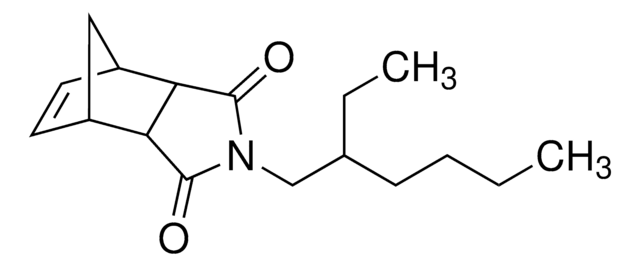
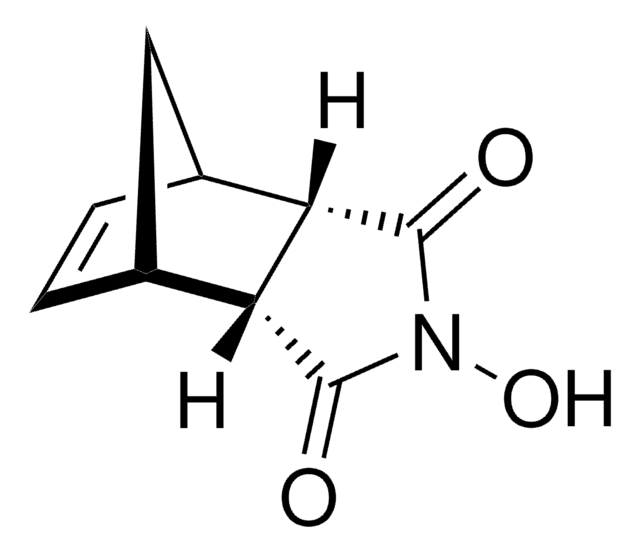
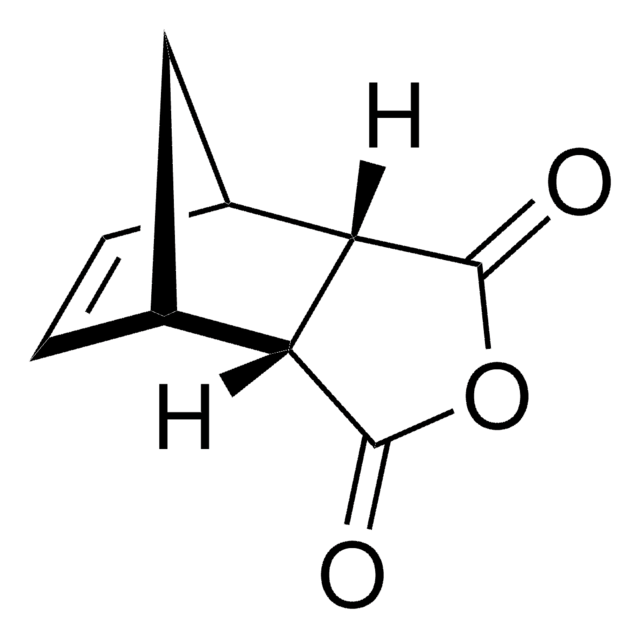
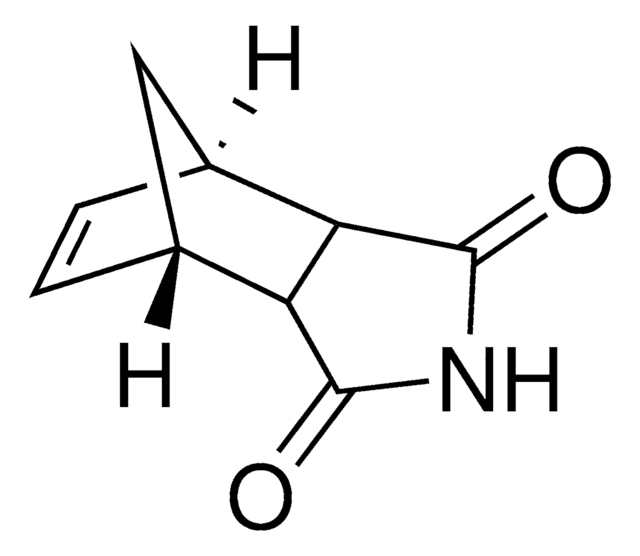
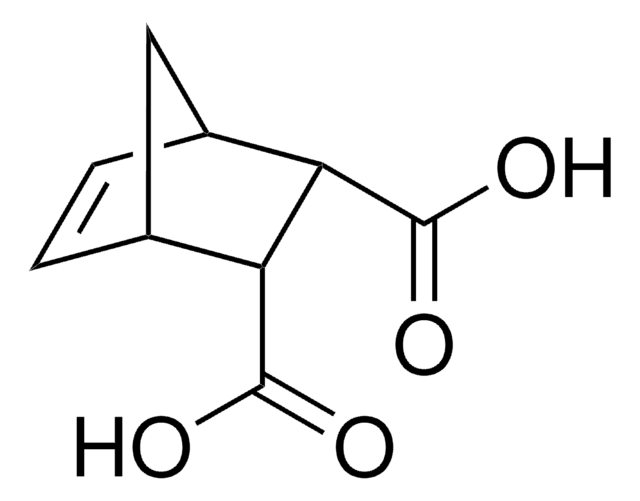
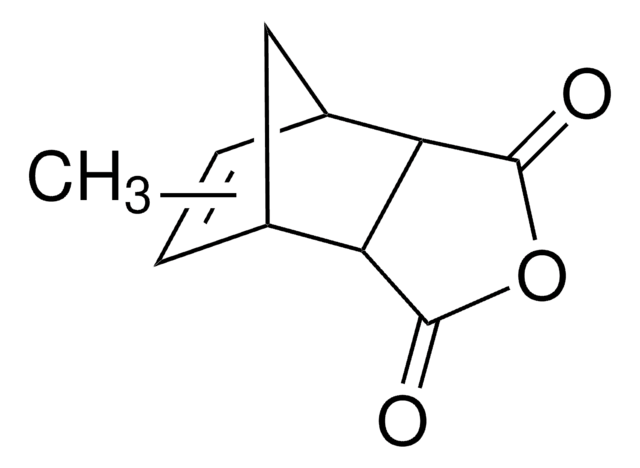
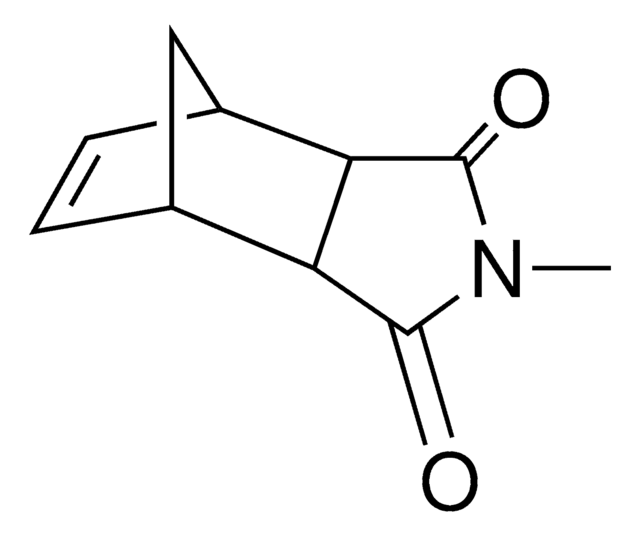
![DIMETHYL BICYCLO[2.2.1]HEPT-5-ENE-2,3-DICARBOXYLATE AldrichCPR](/deepweb/assets/sigmaaldrich/product/structures/404/753/6ae422c6-1586-4edc-b648-264c599100cf/640/6ae422c6-1586-4edc-b648-264c599100cf.png)

